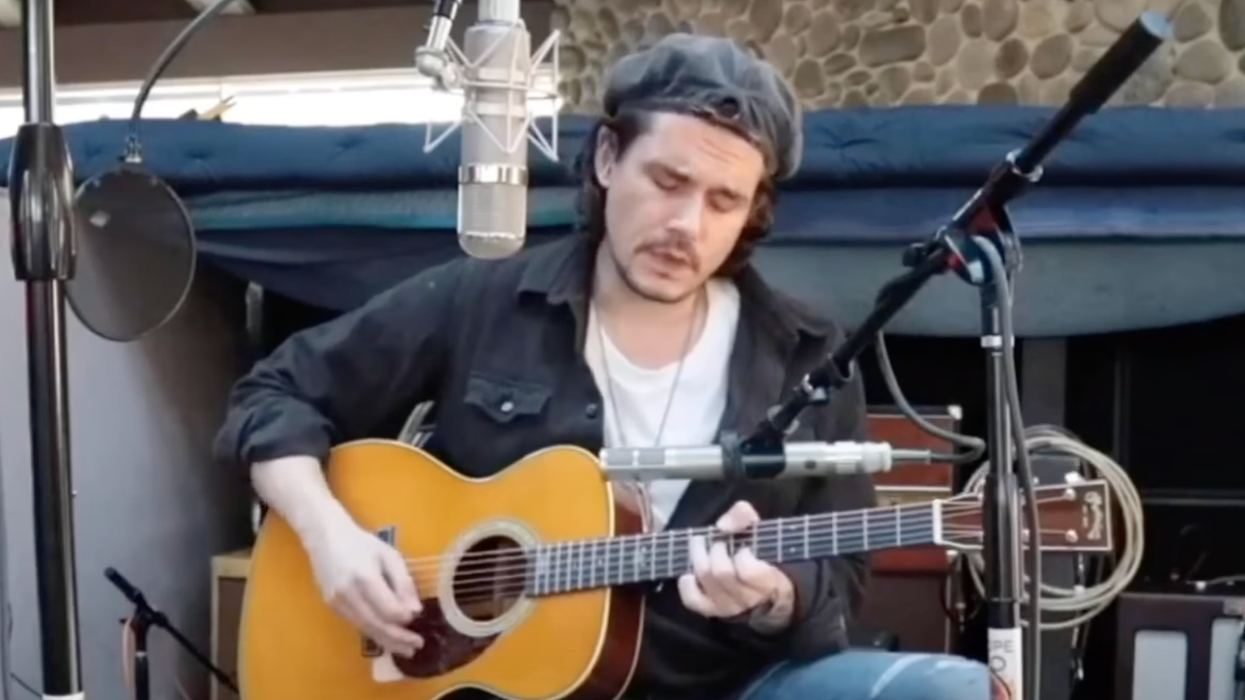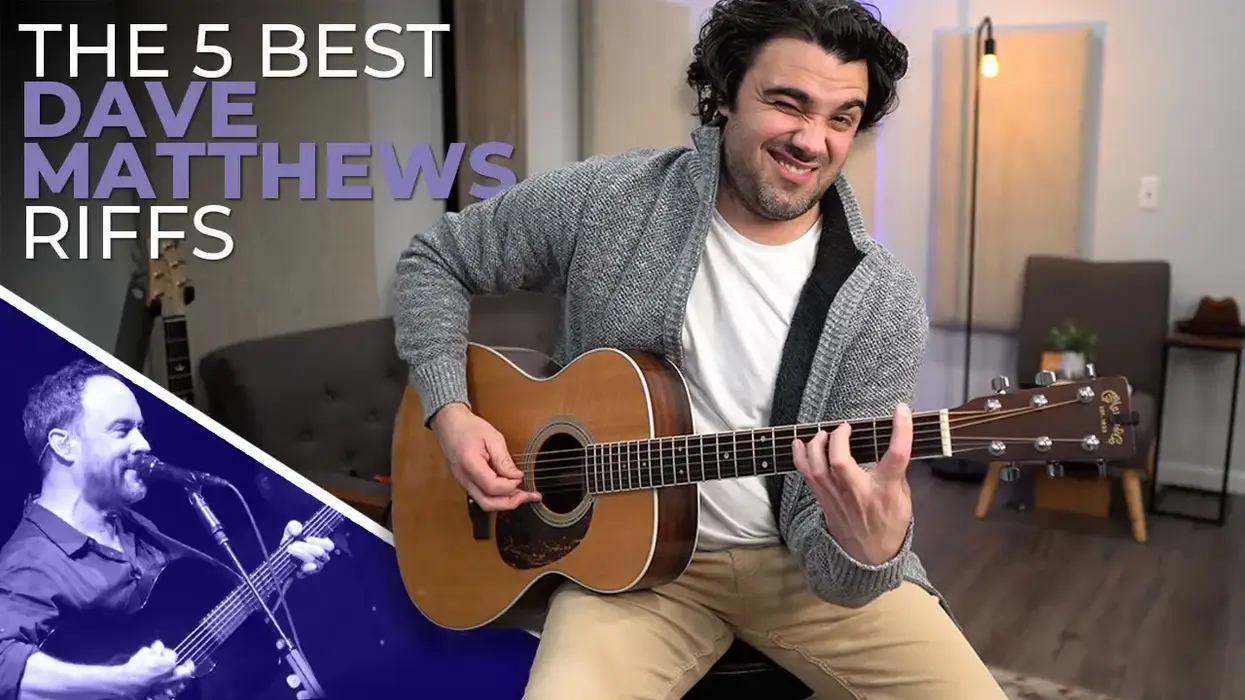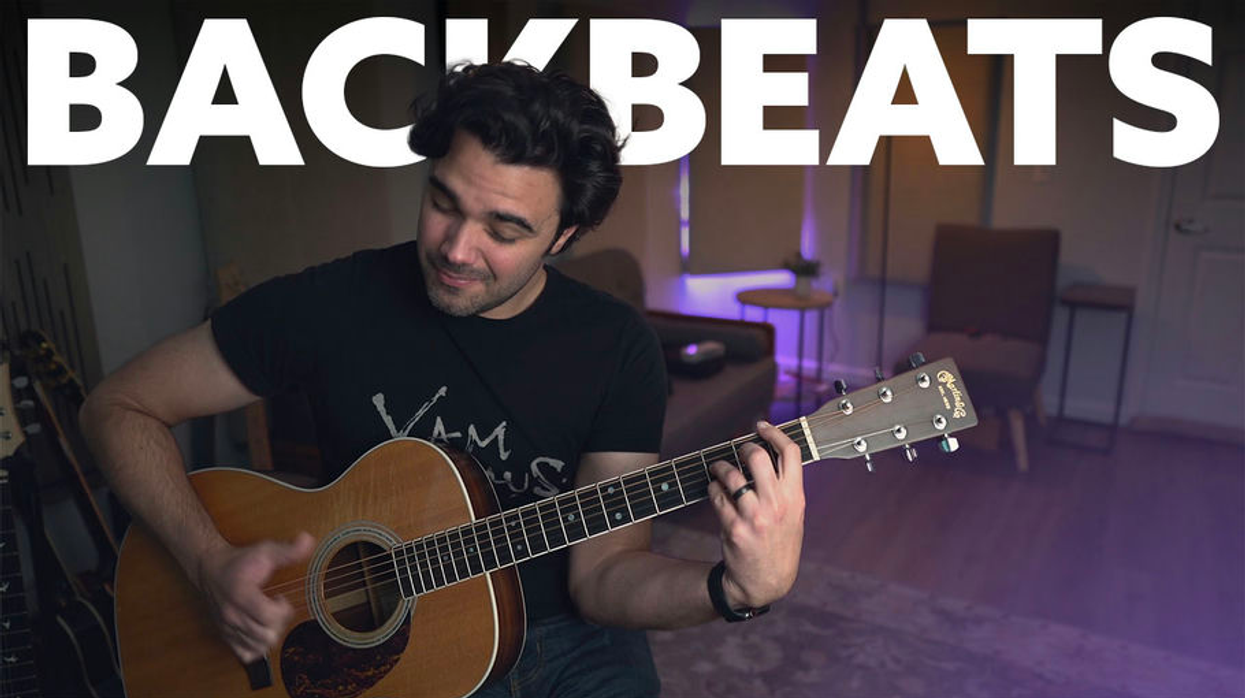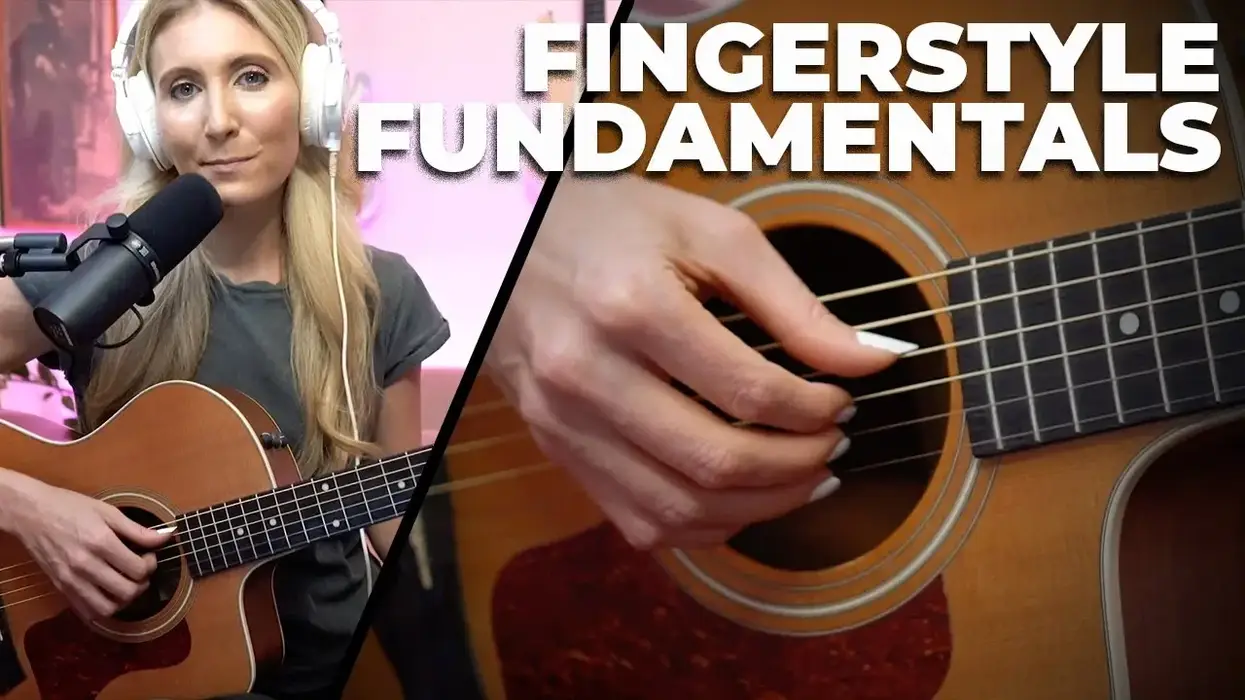John Mayer's acoustic guitar techniques have wowed audiences ever since he first arrived on the music scene. From his unshakeable groove and tough chord stretches to the unique combinations of techniques in his strumming hand, Mayer has challenged the guitar community with a whole new vocabulary for rhythm guitar.
Just check out any YouTube video of Mayer playing live, or listen to songs like "Stop This Train," "Neon," "Queen of California," or "Something Like Olivia" and you'll get an idea of how uniquely he blends elements of folk, R&B, jam band, and pop into his guitar style.
John Mayer - Neon (Live In LA - 1080p)
On top of all of this, he delivers fantastic vocals, masterful lyrics, and great songwriting. Mayer has led the way for a new generation of players, demonstrating how artists can get a full sound performing with just a guitar and vocal.
Regardless of playing level, spending time working out Mayer's signature acoustic techniques is a valuable study. We'll start with a simple breakdown of easier, bite-sized exercises, and then build out into more advanced examples combining multiple elements together. The final goal is to show you how to unlock some of these sounds and add them into your own guitar style. And if you're an electric player, you can still benefit from this lesson, because Mayer uses a lot of these techniques in his electric guitar style as well, albeit with a slightly different approach.
Ex. 1 starts off with an isolated thumb slap. This is a sound you'll hear in many of Mayer's hit songs. Use your thumb to slap the strings with your strumming hand. A percussive drum-like effect is created as the strings are pushed down into the frets of your guitar. The power comes from turning your wrist into the guitar, towards your body. You want to rotate your hand like you would turn a key. The thumb should stay parallel to the strings, and typically makes contact just above the knuckle. This slap is most often played on beats 2 and 4 for pop songs in a 4/4 time signature. Using this technique creates a backbeat type of groove that will give you the feel and vibe of playing with a drummer even when you are playing alone. First, let's try just an isolated thumb slap technique on beats 2, and 4 while counting out loud.
Ex. 1
Now that you've got the backbeat thumb slap, let's expand on this technique by mixing in some folky fingerstyle. Ex. 2 blends some fingerstyle playing while still maintaining the backbeat thumb slap over a Dsus2 chord shape.
Ex. 2
Once the thumb slap is starting to feel comfortable, try bringing in an index finger brush as well. Ex. 3 demonstrates the same thumb-slap technique, but as that is happening, you'll simultaneously brush down with the fingernail on your index finger. This sounds like a combination of a guitarist strumming a chord and a drummer hitting the snare drum.
Ex. 3
This exact technique can be heard on songs like "Who Says," "Heart of Life," and "Stop This Train." It's also important to note that Mayer typically plays this groove with only his thumb and index finger on the strumming hand. Although the overall pattern may seem complicated at first, it's best to simplify it and play with just two fingers, to keep it as straightforward as possible.
John Mayer - Stop This Train - Hollywood Casino - Tinley Park, IL - September 2, 2017 LIVE
Adding Embellishments
Mayer will often add specific embellishments to chords using hammer-ons and pull-offs. Ex. 4 shows the use of a hammer-on from the open 2nd string to the 3rd fret on the downbeat. This is the 6 of the chord hammering into the root note of the Dsus2 chord shape.
Ex. 4
Ex. 5 demonstrates the use of pull-offs and hammer-ons over some of Mayer's go-to acoustic guitar chord shapes. Once you start seeing which chord tones Mayer typically does embellishments on, you'll be able to add these techniques into your own progressions.
Ex. 5
Little melodic embellishments of the chord shapes are a great way to keep interest in your accompaniment guitar part, either lightly underneath a vocal, or more pronounced and featured when playing instrumental interludes between verses. It's also important to note that Mayer would typically use his fretting-hand thumb to play the bass notes on the 6th string, like in the Gm(maj7) chord shape.
Another common technique Mayer uses is demonstrated in Ex. 6. Mayer uses his thumb to rake strings 4, 3, and 2, then the 1st string is played with an index finger pluck.
Ex. 6
This could either be used as an embellishment in the middle of a progression or on a final ending chord like in Ex. 7.
Ex. 7
Next let's look at Ex. 8. It demonstrates another way that Mayer would use the thumb-slap technique, but this time it's blended with more R&B chords. When Mayer uses this technique, he'll typically involve three or four fingers in the strumming hand. Here, you'll pluck all the strings together, which will make your guitar sound more like a piano. He goes beyond just the thumb slapping the strings. His whole hand drops on the strings to make sure he's keeping the back beat slap going on 2 and 4.
Ex. 8
Acoustic With a Flatpick
While Mayer plays a lot of his acoustic repertoire without a pick, many tunes require a flatpick.
Ex. 9 and Ex. 10 demonstrate how Mayer riffs off chords and uses very common rhythm and blues progressions in his music. In Ex. 9, the G bass note on the 6th string is played with the fretting-hand thumb. Also, all of the notes on the 6th string are played with a light palm mute. Ex. 10 really shows how his guitar style is rooted in listening to players like Curtis Mayfield, Jimi Hendrix, and Steve Cropper, to name a few.
Ex. 9
Ex. 10
Whether you learn all of these techniques, or you just take one idea and add it to your guitar playing, this will immediately start to level up your guitar skills. The techniques presented are really just scratching the surface of Mayer's style, each one will prove valuable, especially when accompanying singers.













![Devon Eisenbarger [Katy Perry] Rig Rundown](https://www.premierguitar.com/media-library/youtube.jpg?id=61774583&width=1245&height=700&quality=70&coordinates=0%2C0%2C0%2C0)






